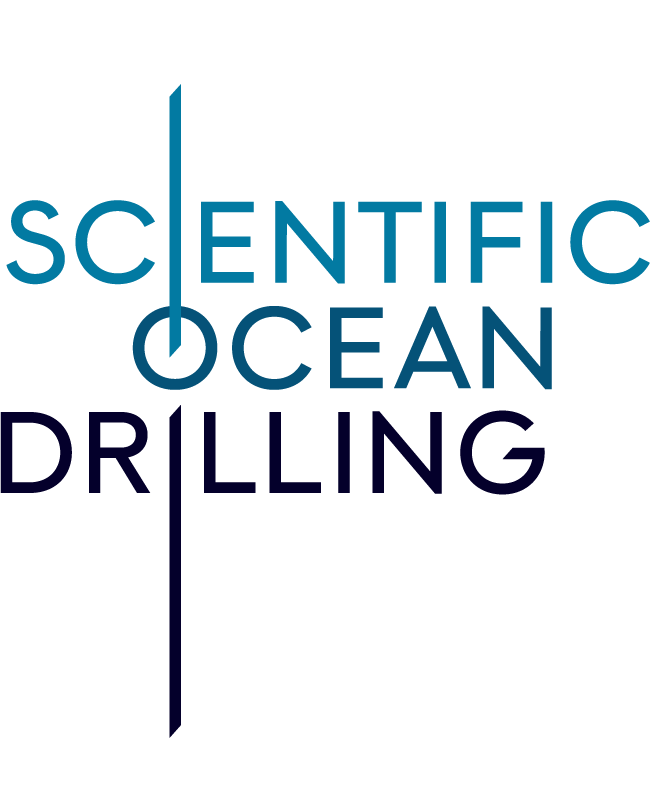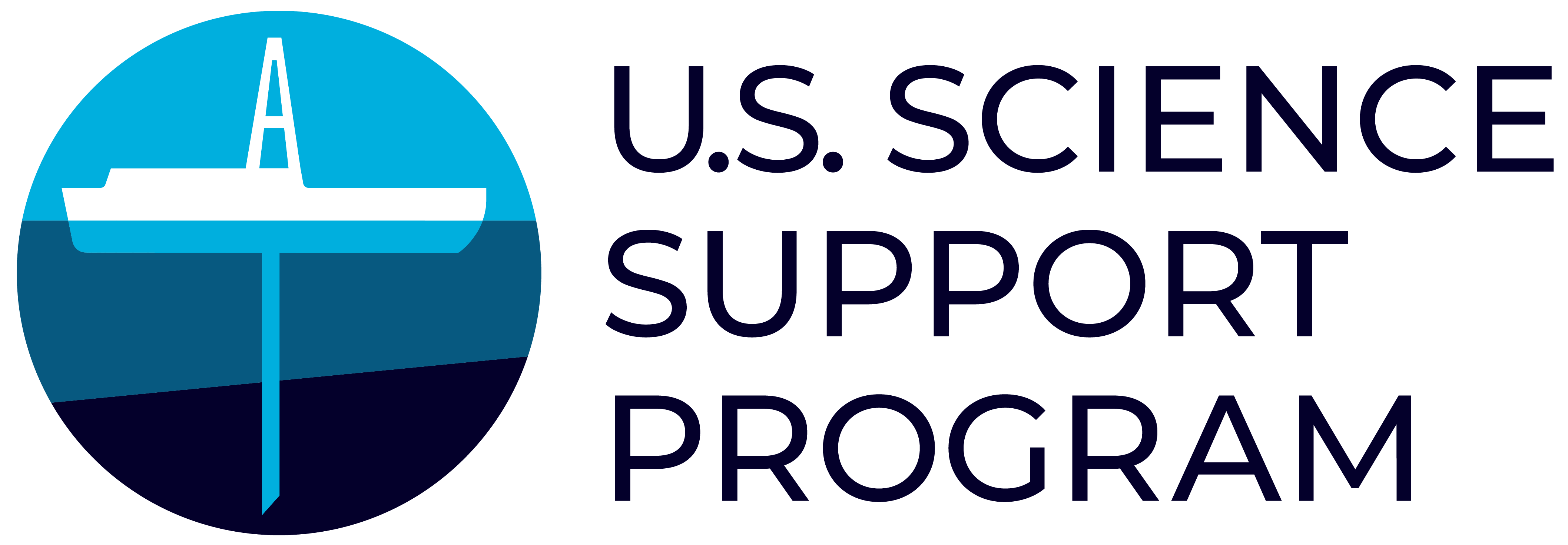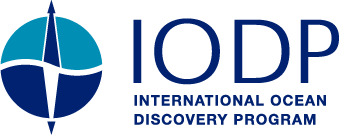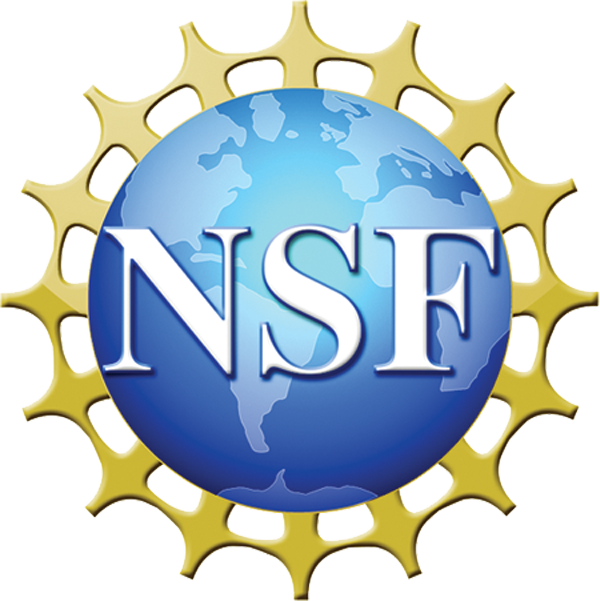Michael Gurnis
California Institute of Technology
2024-2025 Distinguished Lecturer
The churning interior of Planet Earth—A view of the Pacific over the Cenozoic
 For the last 50 years, plate tectonics has proven to be an extraordinarily successful framework for understanding processes near the surface, from earthquakes and volcanoes to sea floor spreading and long-term sea level change. Despite its kinematic success, uncovering the underlying dynamics and linkage of plate tectonics to the deeper mantle has proven to be more elusive. This is exemplified by our poor understanding of the time-dependence of plate tectonics, like the formation of new plate boundaries, changes in plate direction, and a supercontinent cycle. This lecture will detail key research breakthroughs that span different disciplines from ocean drilling to global seismology, computational science, and earth physics to elucidate the forces driving plate tectonics.
For the last 50 years, plate tectonics has proven to be an extraordinarily successful framework for understanding processes near the surface, from earthquakes and volcanoes to sea floor spreading and long-term sea level change. Despite its kinematic success, uncovering the underlying dynamics and linkage of plate tectonics to the deeper mantle has proven to be more elusive. This is exemplified by our poor understanding of the time-dependence of plate tectonics, like the formation of new plate boundaries, changes in plate direction, and a supercontinent cycle. This lecture will detail key research breakthroughs that span different disciplines from ocean drilling to global seismology, computational science, and earth physics to elucidate the forces driving plate tectonics.
Ocean drilling has provided some of the key constraints, including within the Pacific hemisphere, showing a drastic change in plate tectonics and mantle convection during the Eocene. This is exemplified by the prominent bend in the Hawaiian–Emperor seamount chain which apparently indicates that the Pacific Plate abruptly changed its direction from the north to the west. The Izu-Bonin-Mariana (IBM) subduction zone, south of Japan, and the Tonga-Kermadec, north of New Zealand, formed at roughly the same time and the change in Pacific Plate motion has been linked with the initiation of these vast subduction systems pulling the Pacific to the west. I shed new light on this topic by describing results from IODP Expeditions 351 and 352 to IBM and 371 to Zealandia within the context of a new generation of global models that realistically treat the mechanics of subduction and plate tectonics. Both an abrupt Pacific Plate motion change and a change in mantle plume dynamics have been proposed to account for the Hawaiian–Emperor Bend, but by integrating the historical constraints into plate reconstructions and high-resolution global dynamic models we are better able to understand the mechanics of plate tectonics and its coupling to the deeper interior.
Dr. Michael Gurnis is the John E. and Hazel S. Smits Professor of Geophysics at the California Institute of Technology since 1994. Joining the scientific ocean drilling community late in his career, he has sailed on three IODP expeditions to the Indian and Pacific Oceans since 2014, after many years working to advance computational studies of solid earth processes. Mike wears different hats, including as Director of the Seismological Laboratory at Caltech.
LECTURE SCHEDULE
- October 16, 2024 — Chapman University, Orange, CA
- October 23, 2024 — Kansas State University, Manhattan, KS
- October 25, 2024 — Purdue University, West Lafayette, IN
- November 1, 2024 — University of Wisconsin-Madison, Madison, WI
- November 14, 2024 — Colorado State University, Fort Collins, CO
- April 7, 2025 — University of Nevada, Reno, NV
- April 9, 2025 — Queens College, CUNY, Queens, NY
- April 10, 2025 — University of New Hampshire, Durham, NH






